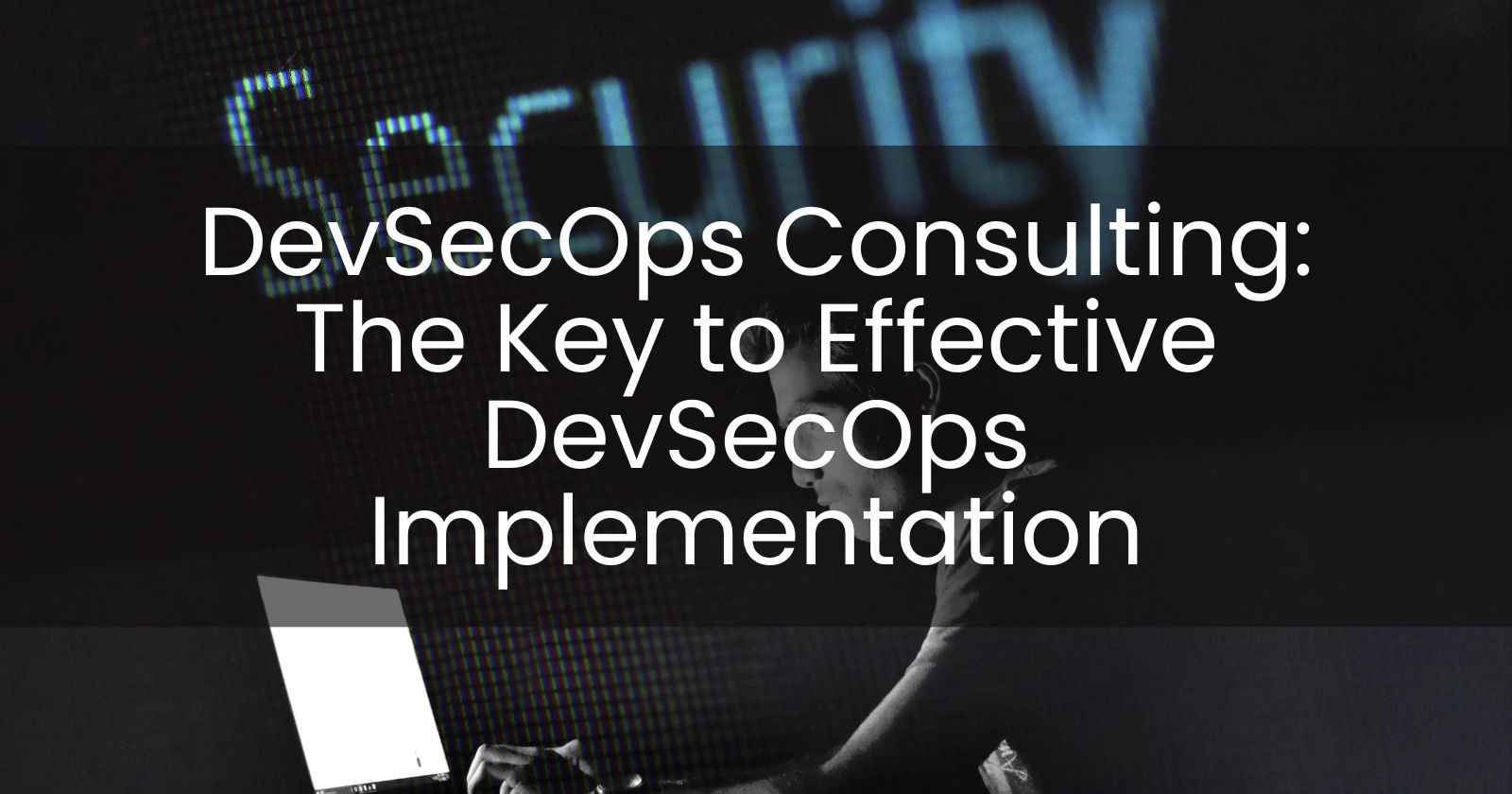DevSecOps Consulting: The Key to Effective DevSecOps Implementation

DevSecOps is the approach of integrating security into every phase and element of the development lifecycle. It is basically a new, evolved, and improved version of the DevOps methodology. DevSecOps eliminates quite a few limitations and loopholes regarding security from the earlier used DevOps approach.
However, it is still something that has been newly incorporated into the development industry. There are nuances to get cleared regarding the implementation of DevSecOps. You can take help from devsecops consulting services for the successful implementation of DevSecOps in your development cycle.
DevSecOps is an effective collaboration of Security with Development and Operations. It accounts for the following key benefits:
- Cost Reduction: It allows you to identify functional and security issues at the early stages of your SDLC. So, you can fix them easily before they cause any expensive damage.
- Compliance: DevSecOps practices are designed to make you follow the industry-standard regulations. This helps you to be compliant and avoid hefty fines for not following the regulatory requirements.
- Observability: You get full control to monitor everything from infrastructure to customer-facing applications and supporting services.
- Traceability: DevSecOps gives you access to numerous tools that enable your internal security teams to track and respond to security issues faster.
All the amazing benefits make DevSecOps a desirable approach for all development teams. However, these benefits are all byproducts of the successful implementation of DevSecOps. Let us see how you can effectively implement devsecops solutions to your software development process…
7 Key Steps for DevSecOps Implementation
Implementing DevSecOps in your development process will ensure a secure design and save the cost of doing security. Plus, it also helps you to respond more proactively in case of an incident and speeds up recovery as well.
But it all is dependent on the successful implementation of DevSecOps approach to your development life cycle. The following are the key steps to ensure it:
1. Planning
To ensure success in DevSecOps implementation, it is important to plan well. First, you should analyze the initial security posture of your organization and then devise a complete strategic plan. Your planning must cover the integration of security testing throughout the software development & delivery process. Moreover, it is also important to focus on threat models and interfacing security processes like pen testing. You can seek help from devsecops consulting services if you feel that your internal teams are not experienced enough to do it on their own.
2. Developing
When you are done with planning, it is time to execute that plan with utmost precision. Try to engage multiple resources for guidance. Furthermore, implementing a code review system is also an essential element of DevSecOps. You can use SAST testing to boost uniformity of quality across the process.
3. Building
Going further along the way, it becomes important to integrate security testing into building automation tools. You can introduce Software Component Analysis (SCA) and other such security measures testing to uncover vulnerable libraries. These measures will relay feedback to the development engineers before production starts. This allows them to make the necessary changes without disrupting the development speed.
4. Testing
The most critical part of DevSecOps implementation setup. Experts recommend using dynamic application security testing (DAST) here. This will allow you to test the software at runtime. Plus, these tools help you identify real-world security vulnerabilities like cross-site scripting, SQL injection, etc.
5. Deployment
This step involves integrating Infrastructure as Code tools to carry out the deployment process. When you deploy infrastructure with such tools, the chances of runtime issues become minimal. Moreover, you eliminate the errors arising from manual activities and manage the infrastructure in an automated way.
6. Operating
Once you deploy the software after conducting all the primary tests, the job is only half done. Deploy does not guarantee that there won’t be any further security issues. You can encounter problems such as zero-day vulnerabilities. These are critical vulnerabilities that can impart a huge impact on your business operations. You need to continuously keep checking the deployment to identify security bugs like broken authentication and sensitive data exposure.
7. Monitoring
Monitoring the whole process is vital for a successful DevSecOps implementation. You must cover access and authentication control in real-time monitoring. Plus, keep testing for security flaws in order to avoid breaches in your organization.
So, these were the 7 key steps to follow for implementing DevSecOps solutions effectively in your development cycle. Along with adhering to these practices, you must stay in line with the current market trends for better results. Always try to adapt to the changing trends and improve continuously.
